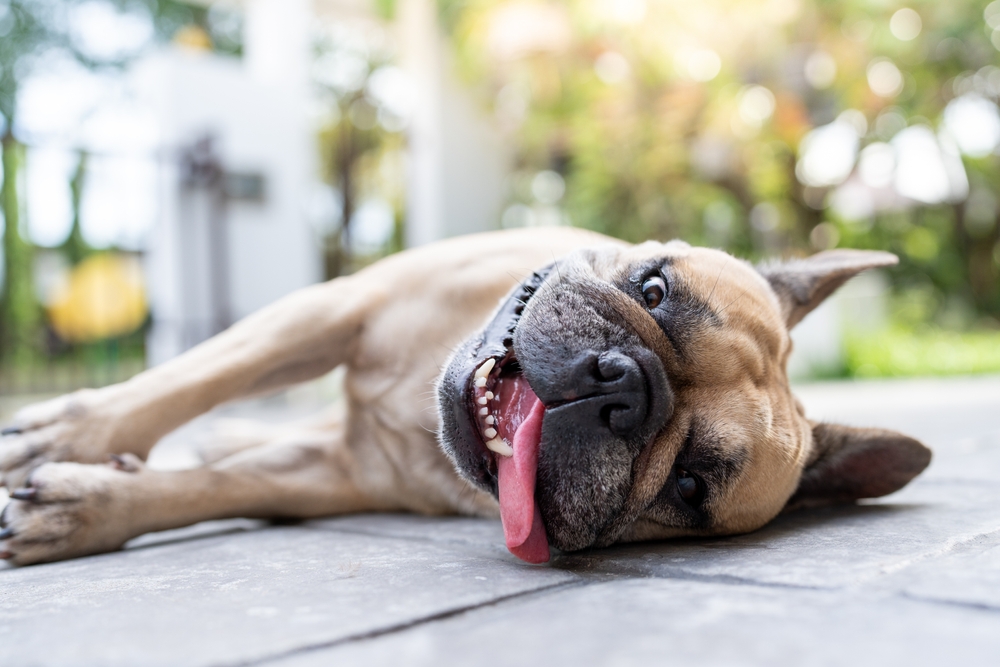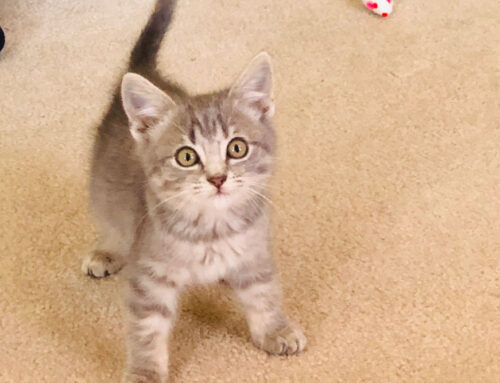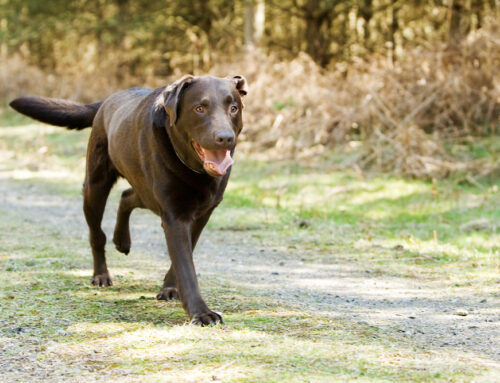As summer temperatures soar, pet owners must be vigilant about keeping their furry companions safe from the dangers of excessive heat and humidity. Ohio’s climate can bring sweltering days that put pets at risk and require proper precautions. Our Liberty Veterinary Hospital team explores heat safety tips that can ensure your fur-coat-wearing friend stays cool, comfortable, and healthy all summer long.
Recognize heat stress in pets
Ohio’s combination of heat and humidity with 80- and 90-degree days can be challenging for pets. Dogs and cats are particularly susceptible to heat-related illnesses, such as heatstroke and dehydration, as they can’t regulate their body temperature as efficiently as people.
If you notice any heat issues in your pet, you must quickly cool them down and then seek veterinary attention. Common heat stress signs in pets include:
- Excessive panting
- Drooling
- Lethargy
- Weakness
- Rapid heartbeat
- Vomiting
- Collapse
Hydration is key for pets
Ensure that your pet has access to fresh, clean water at all times, especially during hot weather. Indoors, place multiple water bowls that you frequently replenish around your home. When venturing outdoors, take a portable water bottle and bowl to keep your pet hydrated.
Limit outdoor exercise for pets
Avoid strenuous exercise during the hottest parts of the day, typically between 10 a.m. and 4 p.m., and schedule walks and playtime in the cooler early morning or late evening temperatures. Be mindful of hot pavement, which can burn your pet’s paw pads, and walk on grassy areas or invest in protective booties for your pet’s feet.
Provide shade and ventilation for pets
If your pet spends time outdoors, ensure they have access to shaded areas where they can retreat from the sun’s rays, or set up a canopy or umbrella in your yard to provide a relaxing, cool spot. Additionally, ensure indoor spaces are adequately ventilated with air conditioning or fans that keep the air circulating.
Never leave pets in cars
On hot days, the temperature inside a parked car can skyrocket to dangerous levels in minutes, whether or not you parked in the shade or cracked open the windows. Never leave your pet unattended in a car, even for a short period. If you need to run errands, leave your pet at home where they’ll be safe and comfortable.
Watch for overheating in pets
Keep a close eye on your pet for overheating, especially brachycephalic (i.e., flat-face) breeds, elderly pets, and those with underlying health conditions. If you suspect your pet is overheating, move them to a cool area immediately, offer them water to drink, and use tepid water and a fan to lower their body temperature gradually.
Groom pets appropriately for the summer
Regular grooming can help keep your pet’s coat in good condition and prevent overheating. Brushing removes loose fur and helps improve airflow to the skin. However, do not shave your pet’s coat too short, which can expose their skin to sunburn and ruin their natural thermoregulatory abilities. Trim and keep their fur at a manageable length that will protect them from the sun and maintain their ability to regulate their body temperature.
Provide cooling aids for pets

Help your pet beat the heat with cooling aids, such as frozen treats, ice cubes in their water bowl, or cooling mats to lie on. You can also create DIY frozen toys and cool summer snacks by freezing a Kong or similar toy filled with peanut butter.
These heat safety tips can help ensure that your furry friend stays cool, comfortable, and healthy all season long. Remember, prevention is key, so be proactive about protecting your pet from the dangers of heat-related illnesses. However, should your pet show signs of overheating or heatstroke, contact our Liberty Veterinary Hospital team immediately.








Leave A Comment